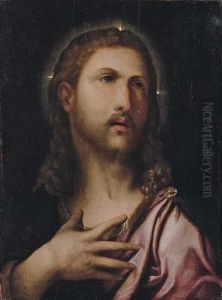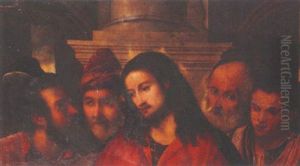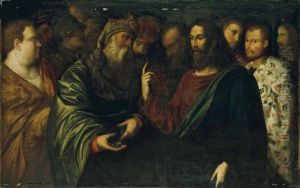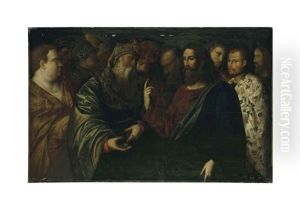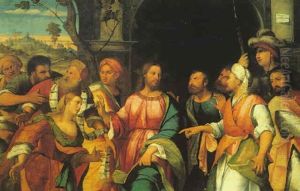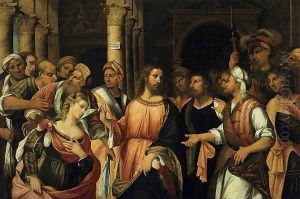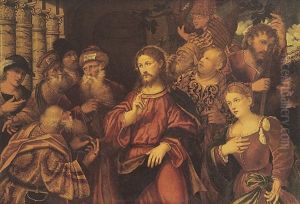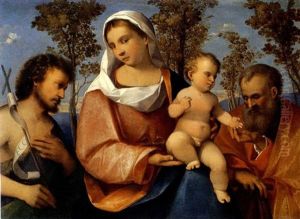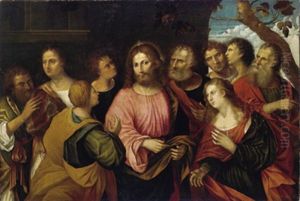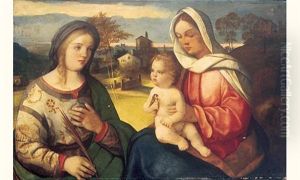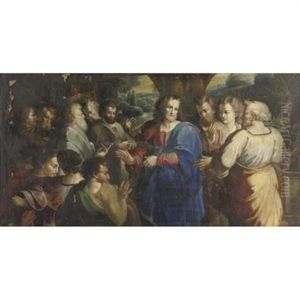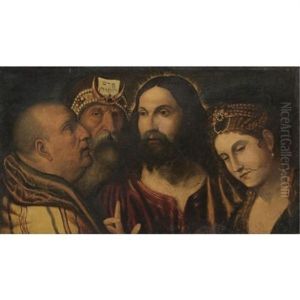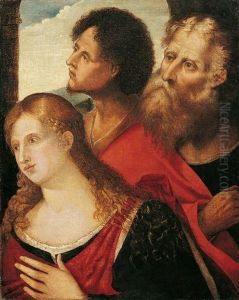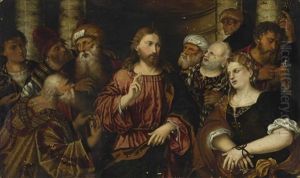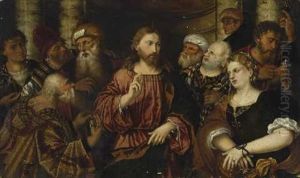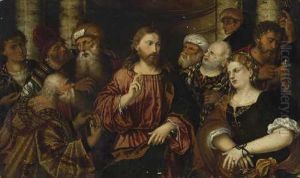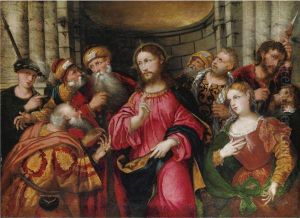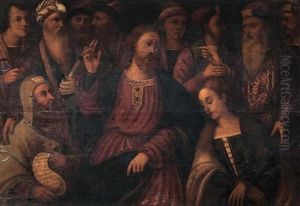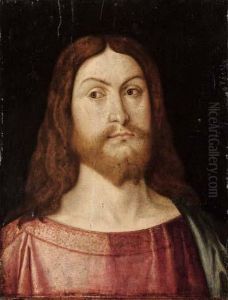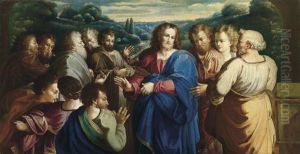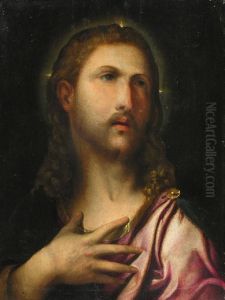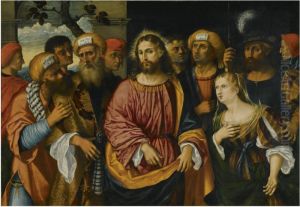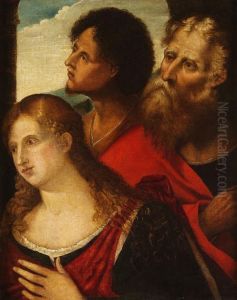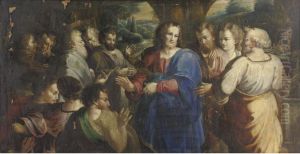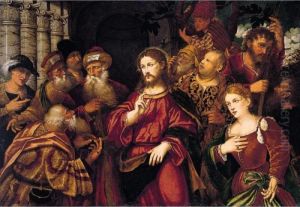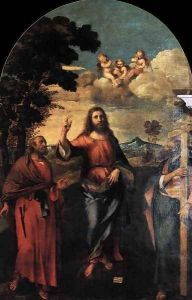Rocco Marconi Paintings
Rocco Marconi, an Italian painter, was born around 1480 in Venice, Italy. Not much is known about his early life or training, but he is believed to have been influenced by the works of Giovanni Bellini and Giorgione, leading figures in the Venetian Renaissance. Marconi's style is noted for its emotional depth, characterized by strong, dramatic lighting and expressive figures. He was particularly adept at religious themes, which constituted the majority of his work.
Marconi's artistic career was primarily centered in Venice, where he contributed significantly to the city's rich tapestry of Renaissance art. One of his most famous works is the 'Christ Between Saints Peter and Andrew', which is housed in the Gallerie dell'Accademia in Venice. This painting exemplifies Marconi's skill in creating depth and atmosphere through color and light, and it showcases his ability to convey complex human emotions.
Despite his contributions to the Venetian Renaissance, Marconi has not been as widely recognized as some of his contemporaries. This oversight may be due in part to the lack of documentation on his life and the relatively small body of work that has been attributed to him with certainty. Nevertheless, his paintings are celebrated for their emotional intensity and technical prowess.
Rocco Marconi's death in 1529 marked the end of a career that, while not extensively documented, significantly impacted the Venetian art scene. His work continues to be studied and admired for its contribution to the development of Renaissance art in Venice. Marconi remains a figure of interest for art historians and enthusiasts alike, as they seek to further understand the nuances of the Venetian Renaissance and the artists who shaped it.
